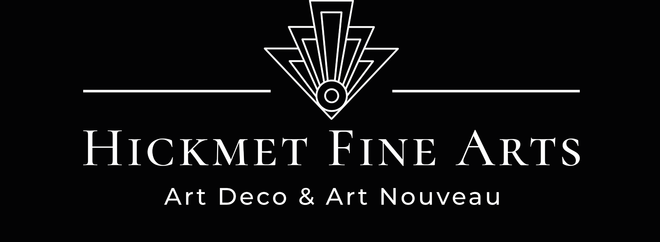A fabulous early 20th Century Austrian bronze study of a camel carrying a selection of bags and water urns with excellent cold painted colours and fine hand chased surface detail. Signed with the Bergman 'B' in an amphora vase, stamped Geschutz and numbered
Sorry, this item has been sold. If you would like information about similar items please contact us on 07971850405 or make an enquiry via email here.
ADDITIONAL INFORMATION
Height: 10 cm
Circa: 1900
Foundry: Geschutz
Materials: Cold Painted Bronze
Book Ref: Antique Vienna Bronzes by Joseph Zobel
SKU: 7907
ABOUT
Franz Bergman and his use of Cold Painting:
Bergman Camel
Franz Xavier Bergman (1861-1936) probably the most famous of the Viennese sculptors who specialized in cold-painted bronzes. But first, let’s be clear of the difference between, say, our Arab and a bronze from antiquity. The latter has a surface untouched by anything other than time. Over the centuries such pieces develop a patina caused by oxidation and are highly prized by connoisseur collectors who appreciate the effects produced by age (which is why cleaning them is such a specialized task). The Arab Warrior is decorated with several layers of special, heavy lead-based polychrome paints, applied after objects are removed from the mould. Pieces decorated with enamels would normally be kiln-fired to melt the paint and ensure it has fused to the surface of the object to be decorated. Cold-painted bronzes are not subjected to the enamelling process – they remain cold – relying on the standard of painting to dictate the quality of the finished item. The technique was popular around the turn of the century and thousands of the little animals (such as birds, foxes and even insects) and other figures, some as small as a few inches in height, poured out of Viennese foundries.
Bergman’s manufacture was one of the leading makers. It was founded by his father, also Franz (1838–1894) a professional metal chaser from Gablonz, in Austria, who came to Vienna in 1860. Franz Xavier inherited the business on his father’s retirement and opened a bigger, much more productive foundry there in 1900. By no means all the animal figures came from Bergman’s works, those that did carry a capital “B” in a vase-shaped design as with the Arms Dealer, the presence of which removes any doubt as to provenance.
Bergman was also a fan of the exotic, producing larger figures and groups. Some depict Arabs, perhaps selling colourfully painted carpets, riding a camel or sitting in tents at an oasis complete with palm tree and water. Others are based on models from Bergman senior’s days. More rare are those wired for electricity and fitted small light bulbs to be used as table or bedside lamps. Prices often run into four figures. Bergman junior also had an eye for the erotic, fantasy pieces that today’s collectors covet most. Always featuring a naked or scantily clad young woman in sensuous pose, Edwardian bachelors no doubt delighted in showing them off to their friends. But they were subtle too. A model of an owl, a bear or some other unassuming object was constructed cleverly with a hidden button or lever which, when activated, causes the model to open, revealing the saucy secrets hidden inside. Expect to pay handsomely for such novelties. They were no doubt pricey when they were new. Manufacturing them was also something of a risk for Bergman, but he covered his tracks by marking them with the trade name “Nam Greb” ( Bergman spelt backwards) to avoid upsetting his more conservative customers, and, perhaps, making them sound even more exotic. The joy of cold-painted bronzes in general and those by Bergman in particular are the vibrant colours that remain so in the best examples like the Arab Warrior on Camel.
Our full range of Bergman bronzes can be viewed by clicking here.














